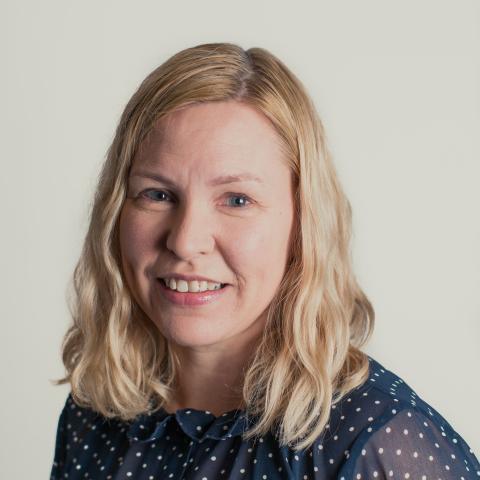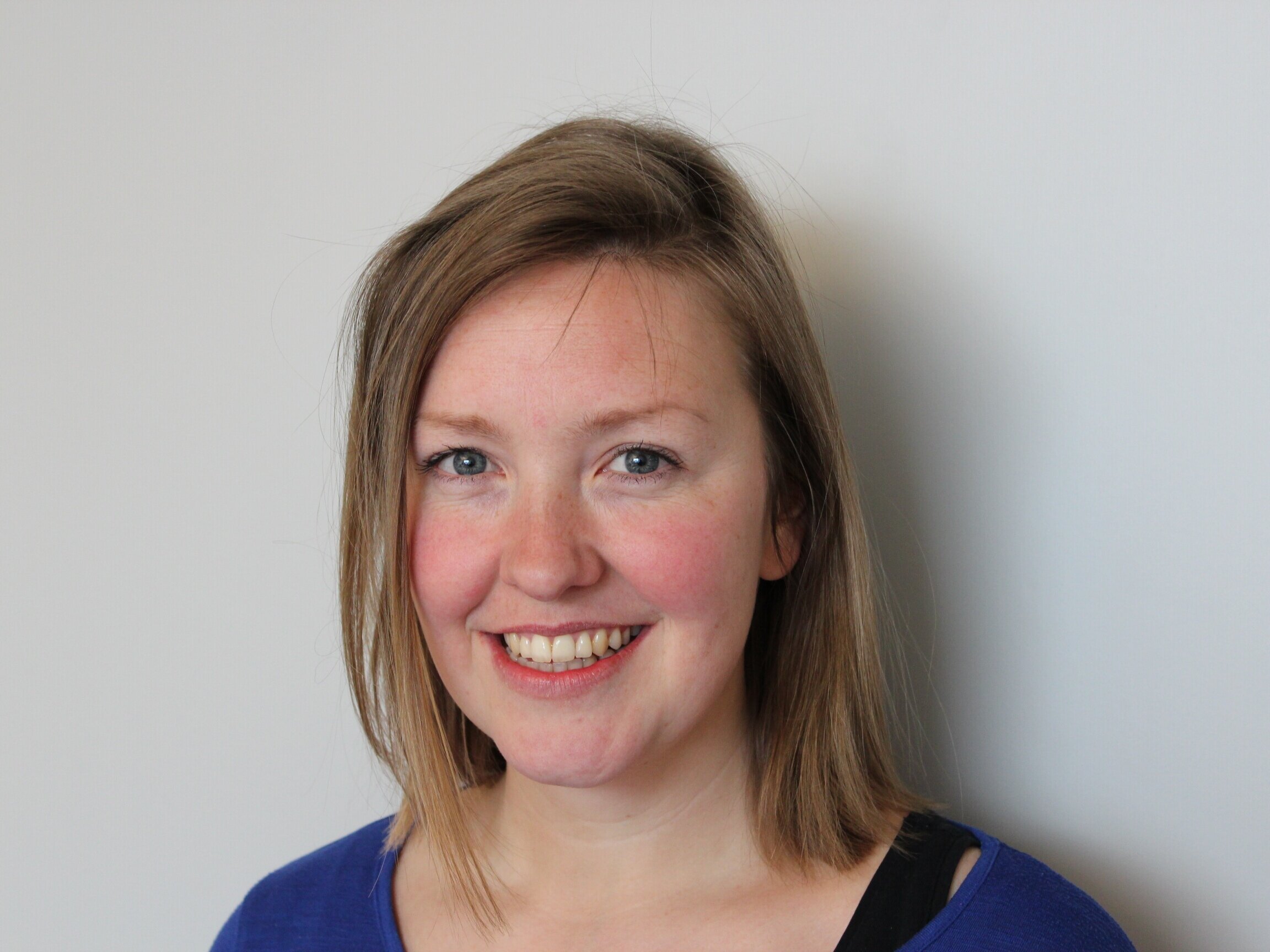Water management in a changing climate (Vannklimrisk)
More precipitation, but also more natural damage events such as floods and landslides, increase the risk of water pollution. The Vannkklimrisk project is a part of society's prevention of environmental toxins going astray in nature.
The project Vannklimrisk aims to strengthen the prevention of natural damage events that can lead to environmental toxins going astray in nature. Several public enterprises in three counties are involved.
Environmental pollutants accumulates
Climate change will lead to more heavy rainfalls and more drainage from landfills and brown sites on land to water bodies and affect both the ecological and chemical status in water bodies. Old and new environmental pollutants will be absorbed by aquatic organisms, accumulate in the food chains and eventually end up on our food plates.
An unexpected and very heavy rainstorm led to floods and landslides in several places in Jølster on 30 July 2019. Such incidents lead, among other things, to water being polluted, unless one effectively prevents flood-prone areas. (Photo: Linda Olin Reite, NRK)
The water management in Norway today, has too little knowledge of environmental pollutants and their impacts on water quality to assess whether the goal of the EU Water Directive will be reached by 2021.
NEW TOOLS
The project “Water management in a changing climate” will co-produce new knowledge, and develop new tools, that local and regional managers may use to identify local sources of environmental pollutants and analyze the risk of spreading in a changing climate.
Vannklimrisk involves building knowledge and developing new management tools in close collaboration with caseworkers in water management, climate adaptation, planning work and pollution.
digital mapping
The project group will develop a new digital mapping tool for identifying local pollutants, the "Miljøgiftkartleggjaren" and develop a GIS-based ROS analysis to assess whether pollutants may spread to the aquatic environment due to various climate impacts.
Toxicologist Torunn G. Hønsi at Western Norway Research Institute has carried out several projects on environmental toxins and increased runoff. The precursor to Vannklimrisk is Toksklim (2016-17), where public actors in Western Norway (RFF-financed). Photo: Western Norway Research Institute
The project will also explore and analyze how the collaboration between the municipalities, the County Council and the County Governor are in the three regions and explore new forms of interaction where researchers also participate, to better deal with the complex challenges of climate change on water management locally.
Many participants in three counties
The project partners are Western Norway Research Institute, NTNU Department of Geography, Vestfold and Telemark County Council, County Governor of Vestfold and Telemark, County Governor of Trøndelag, Trøndelag County Council, Vestland County Council and County Governor of Vestland and the municipalities, Tønsberg, Larvik, Sønd, Larvik Oppdal, Orkland, Tynset and Rennebu. The project owner is Vestland County Council, where the water region coordinator Merete Farstad is the project manager.
goals of the project
The main goal of the project is to develop forms of interaction and tools to enable the environmental and water management to assess the risk of spreading environmental toxins to the aquatic environment as a result of climate change.
In addition, there are three sub-goals:
Co-create new forms of interaction for water and environmental management
Develop a digital tool for mapping environmental toxin chains - “Miljøgiftkartleggaren”
Develop GIS applications and ROS tools to analyze the risk of spreading environmental toxins and the impact on the aquatic environment as a result of climate change






